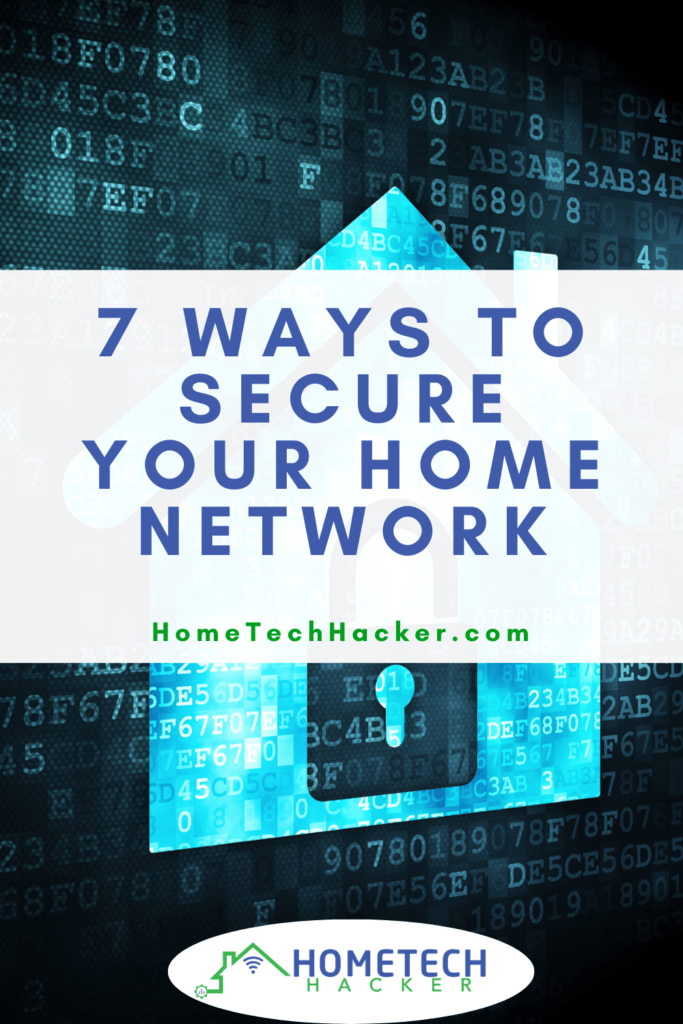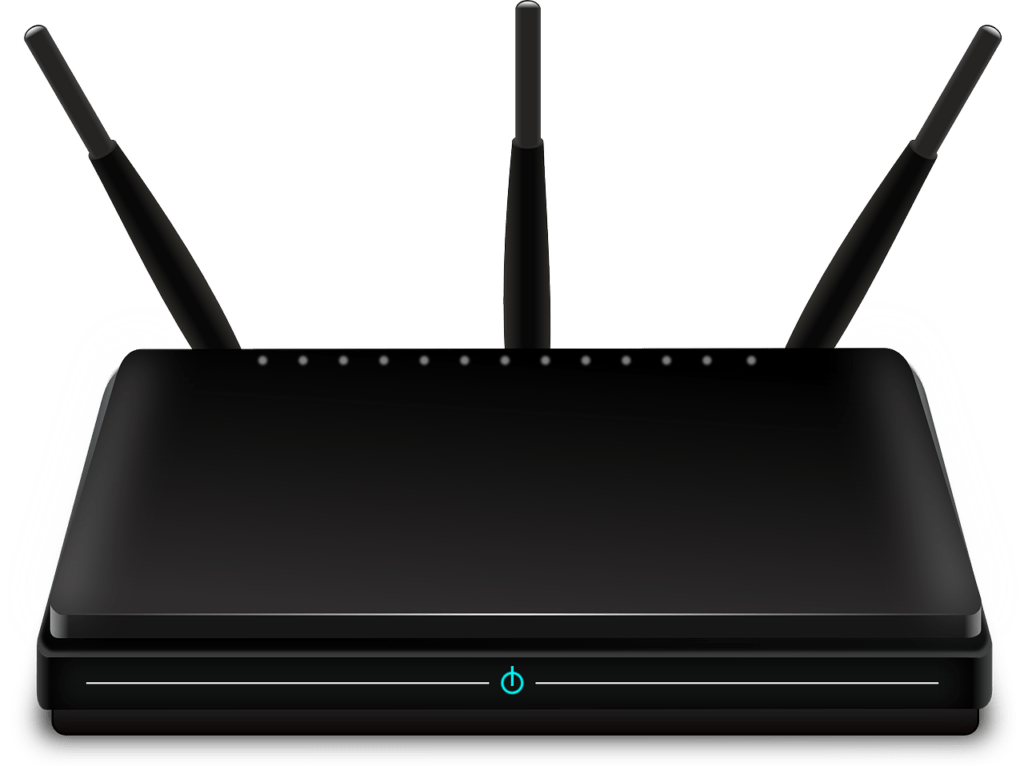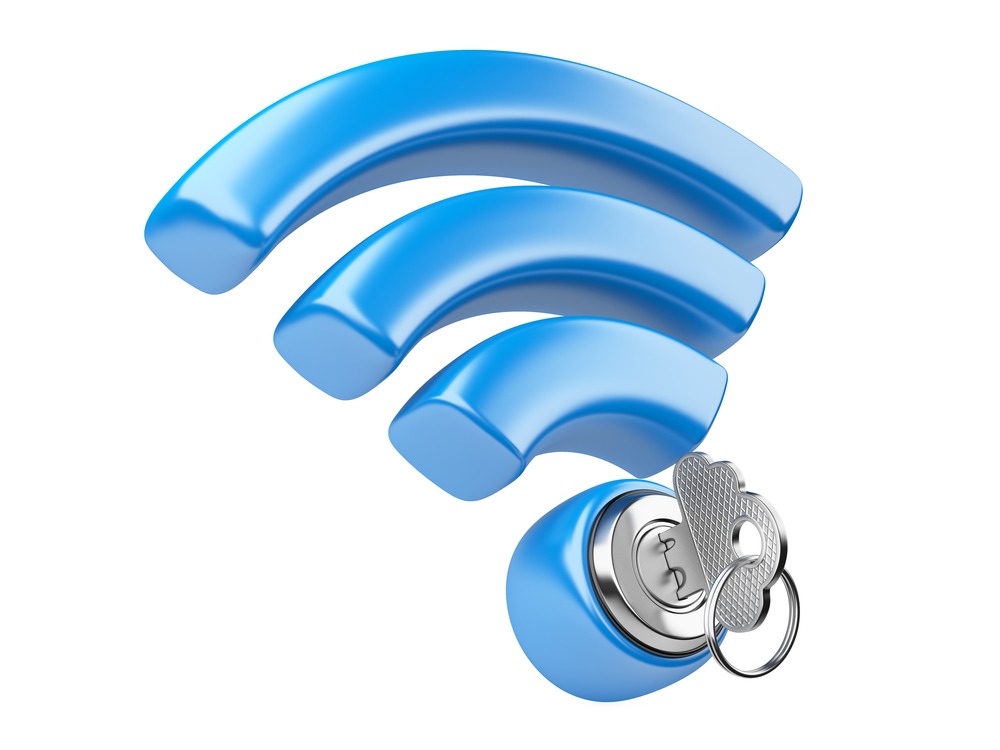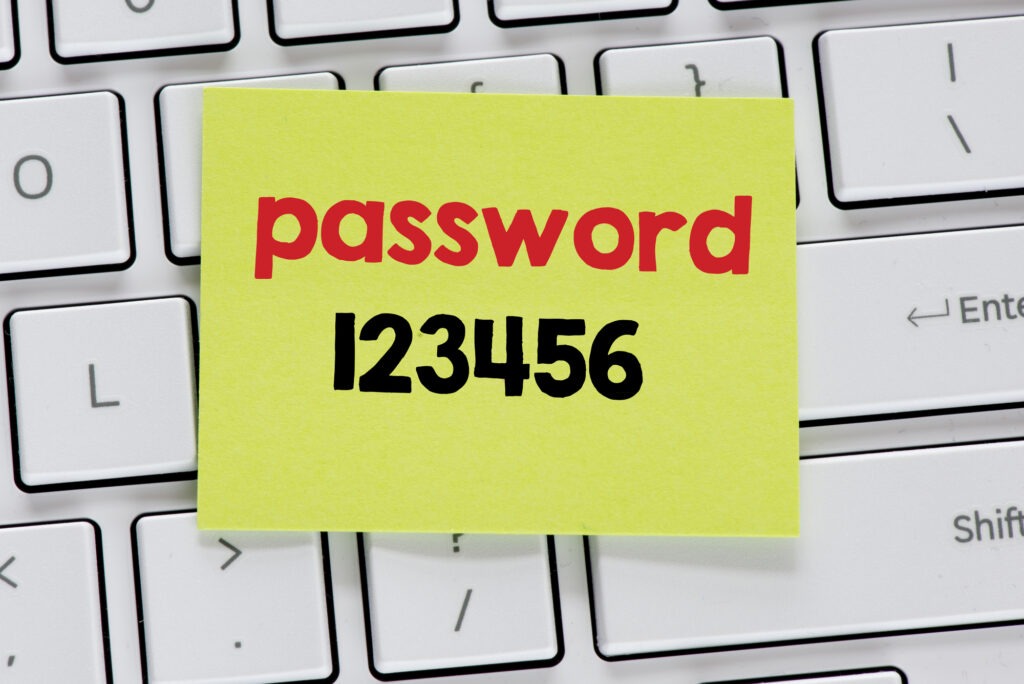
Everyone’s home network needs protecting. You use your home network every day for private financial transactions, sending texts and DMs that often contain private information, browsing all of your social media accounts, checking your health records, etc. You don’t want hackers to be able to see or compromise your home network. Also, you want your home network to be reliable for all the gaming and video streaming that you and your family do. Follow these 7 ways to secure your home network and rest easier knowing your network is secure.
This page contains affiliate links. If you purchase an item using an affiliate link I will receive a small commission at no cost to you. Affiliates do not influence my recommendations. Read my disclosures for more information.
1. Make sure you have a good router

How old is your router? The first thing you want to do is make sure you have a new enough router that is still receiving updates. New security attacks and breaches show up all the time, and if your router is old and hasn’t been updated in a while, it may be vulnerable to attacks.
Your router is the front line of security in your home. Make sure you have a router that:
- Supports WPA3 Wi-Fi security. It should at least support WPA2. Anything less than that is insecure.
- Gets consistent firmware updates.
- Has guest network capabilities (more on that later).
If you want some advice on a good router to get, check out my Wi-Fi 6 router recommendations. Also, you can use the HomeTechHacker Technology Advisor to find a router that is personalized to your needs.
2. Secure your home network’s Wi-Fi signal

Here are a few steps you can take to secure your home network’s Wi-Fi signal:
- In the previous section, I mentioned WPA3 encryption as a feature to look for in your Wi-Fi router. Not all of your Wi-Fi devices will support this, but most new devices will. Also, WPA3-capable routers offer backward compatibility with the older WPA2 standard. So make sure you’re using WPA3 if you can.
- Choose a strong password for your Wi-Fi networks. A strong password is a phrase that is easy for you to remember but hard for someone else to guess. The phrase should be at least 15 characters long.
- Change the default name of your Wi-Fi network. If you keep the Wi-Fi network set at the factory name, you may be tipping off a hacker to the make and model of your router, and they may know exploits that work specifically with your router.
- Limit the strength of your Wi-Fi signal to your yard. Most people struggle to have good Wi-Fi throughout their homes. But, they should also make sure that they aren’t broadcasting their signal too far from their home where hackers and neighbors can keep trying to break in.
- Disable WPS (Wi-Fi Protected Setup). Although WPS allows for easier connections to the router, it makes your network less secure.
3. Change default log-in passwords and usernames

Many exploits have happened just because users didn’t change default usernames and passwords. Change the default credentials for your logging into your router, your wi-fi network, and any other network devices (like managed switches) to uncommon usernames and strong and unique passwords.
Editor’s Note: Weak passwords are one of the top 10 personal cybersecurity threats you should know about.
4. Keep your firmware up to date
I mentioned earlier that you should keep the firmware up to date on your router to make it less vulnerable to newer hacks. But, you should do the same for all of your mobile devices, switches, apps — everything that connects to your network. Anything that connects to your network is a potential vector for compromising it. You need to keep all of these things up to date with the latest protections.
5. Protect your home network from IoT and guest devices
Looking for a router that has guest network capabilities was a tip I mentioned earlier, but really you should be trying to take this one step further and implementing proper network segmentation. Network segmentation divides your home network into multiple segments, with each acting as its own network.
Why would you do this? Because some devices shouldn’t have access to other parts of your network in case they are compromised. For example, guests that come over and connect to your network shouldn’t be able to see your personal file shares or other devices. You don’t know if their devices are compromised or not. A guest network limits what these devices have access to.
Similarly, an Internet of Things (IoT) network is a good idea if you have smart devices in your home. Smart devices often have less security and are constantly connecting to the Internet. You should protect the rest of your network from these devices.
For inspiration, here’s how I segment my network.
6. Keep track of the devices on your network

Do you know all the devices on your home network? You should. And you should also at least occasionally check to see if new devices have connected to your network and make sure you know what they are and that they should be on your network.
Better yet, set up monitoring that alerts you when new devices connect. Some routers have this functionality. You can also implement this with a log monitoring software like Graylog.
7. Use an IDS/IPS

Last but not least, you can take your home network security to the next level by implementing an Intrusion Detection System (IDS) or an Intrusion Protection System (IPS). IDS and IPS constantly watch your network, identify possible threats and incidents, and can report them (IDS) and even take steps to actively thwart them (IPS). Many routers, like pfSense, have these capabilities built-in or as add-ons.
You can also buy dedicated hardware devices that secure your home network like a Firewalla, Trend Micro Home Network Security device, and other devices.
I currently use Snort with my pfSense router. In the past, I’ve used Suricata and Security Onion.
Final thoughts
There are many more ways you can secure your home network. But, if you follow most of these, you’ll be well protected. You can learn more comprehensive ways of protecting your network by reading my book, The Home Network Manual.
Be sure to check out my articles about protecting yourself from data breaches and why personal cybersecurity practices are important. They’re good complements to this article.
And, you can learn more about protecting yourself, your family, and your home network from hackers, scammers, and other cybercriminals in my book, The Personal Cybersecurity Manual.



Great article but meaningless to millions of computer users.
Its my opinion that the majority of users have no idea what you are talking about.
I had a look at the settings in my ASUS router and I am fearful of tampering with anything but the sign in process where I change and strengthen the password
Unfortunately lots of things in home technology, and tech in general, are more complicated than they need to be. Changing settings on routers is highly specific to brands and models. I know most people don’t want to read the manuals, but it is often required to confidently change settings.
That said, I do have some articles on this site where I go more in-depth on how to do many some of these things, and I also do so in a couple of the books I’ve written. This article is just mean to be an overview of things to look into.